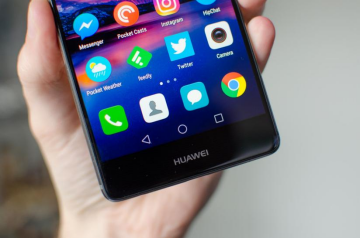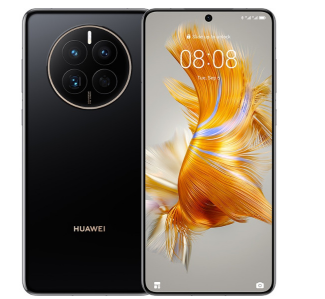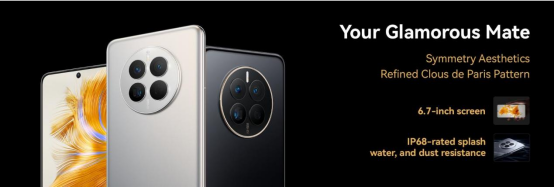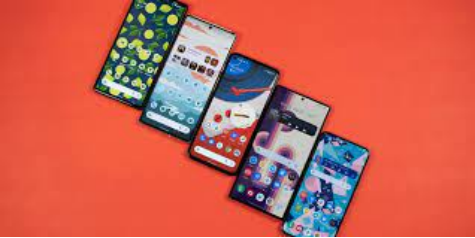Different Types of Smartphone Displays in the Market
The display is one of the essential elements of any new smartphone. This is because the display interacts with the software and does various things. With so many different smartphone display types, it can be unclear how they impact your user experience. New phones with multiple displays are being released almost daily, and it is crucial for us to know about them before buying one. So lucky for you, to ensure you learn more about the display, this article will round up common types of smartphone displays available in the market.

Smartphone Displays Explained
Display technology is one of the primary things to consider when buying a new smartphone. There are quite a lot of display types used in a smartphone today. Below we take a closer look at the common displays.
TFT-LCD (Thin Film Transistor) Display
TFT LCD simply means Thin Film Transistor Liquid Crystal Display. It is recognized as the most common type, and cheapest of display units found in mobile devices. TFT LCD offers better image quality and higher resolutions than earlier-generation LCDs, but users tend to experience poor visibility in direct sunlight or areas with excessive light. Usually, large TFT displays consume more power and hence don’t have a longer battery life. Because these displays are cheaper to manufacture, you most typically see these displays on budget phones, feature phones, and lower-end smartphones. Additionally, TFT LCDs are used in notebook displays as well.
IPS-LCD (In-Place Switching) Display
Another type of smartphone display we will explain is the IPS LCD. In-Placing Switching or IPS are currently the best LCDs on the market. They are superior to the TFT thanks to some notable progress, such as wide viewing angles, low power consumption and high-quality resolution. However, they are more expensive to produce and are found only on higher-end smartphones. Smartphones using IPS LCD displays deliver brilliant quality pictures with improved battery life.

OLED (Organic Light-Emitting Diode) Display
Have you ever heard of an OLED screen display? OLED refers to the Organic Light Emitting Diode, a more advanced technology for the display of mobiles and monitors. An OLED display consists of a carbon-based organic material that is placed between two conducting sheets called an anode and cathode. The main benefit of the electroluminescent material in OLED display is that it can produce its own light, so don’t require a backlight. Once the screen of an OLED smartphone is touched, the two conducting sheets send separate orders to the operating system at a faster seep. Furthermore, OLED is much better than LCD in terms of color and brightness. For example, the smartphone mate 50 huawei, equipped with an OLED display, has brighter colors, better resolution, lighter weight and wider viewing angle.
AMOLED (Active-Matrix Organic Light-Emitting Diode) Display
AMOLED complete form stands for Active-Matrix Organic Light-Emitting Diode. This type of OLED display for mobiles is increasingly gaining popularity in top-end smartphone parts. AMOLED displays have all the features of OLED displays, like brilliant color reproduction, lightweight, and higher brightness. Moreover, they are visibly more colorful than TFT displays and have a lower power consumption thanks to the color black being produced by the OLED being turned off. Plus, certain manufacturers have started using AMOLED technology in digital cameras and media players.
Final Words
It would be best to spend plenty of time selecting a display while shopping for a new smartphone. Because the display is more than just a screen full of words and pictures, it’s how you interact with the technology close to you. You know about several displays used by smartphones today. The option is now on your hands when it comes to selecting your favorite display.
Latest: 5 Ways Smartwatches Can Improve Productivity
Next: Leverage the Power of Your Smartphone: The Top Six Benefits








